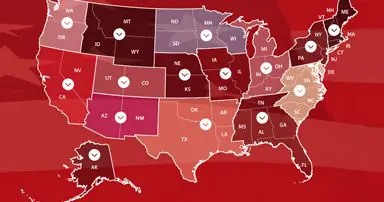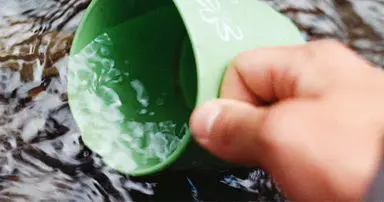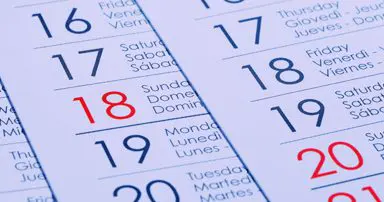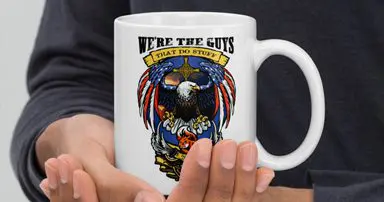[Question] Mick, can you tell me what all these tools are and what you do with each? I have a few, but need to get that big one?
[Mick’s Answer] The big red and black one is called a broad fork. I don’t own one of those. I borrowed it. So, someone else better tell you what it’s for. Watch the video >
As far as the other tools, here’s a rundown.

(1) Watering Can: it sounds silly, but that’s for watering when you don’t have a hose or a sprinkler or a drip irrigation system or even rain. Our hose won’t stretch to the back garden (I would need about 200 feet of hose, and what a pain!). So I water the gardens with watering cans. I have 24 of them, 8 in the front garden and 16 in the back garden. These are especially necessary when we’re in a drought, because then I have to water everything by hand.
Next to the broad fork is a (2) Grub Hoe. It is used for peeling back sod from a grassy area that you want to use for gardening. It is also used for digging trenches, hilling potatoes, and cutting through tree roots that are in your garden space (I have cut through tree roots an inch in diameter, with only one or two whacks of the grub hoe). When I was about 42, I used that tool (along with the grape hoe, which I’ll get to in a minute) to clear a 4-ft-by 60-ft area of lawn, and prepare it for planting herbs. I took it from grassy area to ready-to-plant in about 4 hours.
(3) The Grape Hoe is behind the watering can. It is similar to the grub hoe except that the head is wider and is at a less steep angle with the handle. It can also clear sod, but it is better for weeding large areas and working up the cleared ground for planting. It’s great for taking out large weeds, clumping weeds like crabgrass, large burdock plants, and even small bushes. It will also hill potatoes and cut through tree roots.
Next to the grub hoe is a (4) Stirrup Hoe (also called a scuffle hoe or a hula hoe). It is used for cutting off weeds just below the soil level, and it allows you to weed large areas quickly and easily without moving a bunch of soil while you’re weeding. The blade on the one shown is 7 inches wide. I also have this tool in versions with a 5-inch blade (I don’t use this one too much) and a 3-inch blade (very helpful for weeding between onions or beets or other closely spaced plants).
(5) The Digging Fork (also called a potato fork) has the yellow handle. It is used for digging potatoes. I also sometimes use it when I want to dig up a deep-rooted perennial plant for transplanting (this is how I dug up some comfrey for Natalie on Friday).
Directly behind the watering can is a (6) Cobrahead Weeder. It is used for weeding right up next to your garden plants, so that you can get out the weeds without damaging your plants and without having to get on your hands and knees and pull them by hand. It is good for closely spaced plants like onions and beets. It can also help clear areas where there are lots of dandelions or small/medium burdock of thistle plants. I also used this tool for marking my rows for planting, and for digging shallow furrows for planting bean seeds and such.
The last tool behind the watering can has red near the bottom. That’s a (7) Garden Weasel, and it’s a rotary cultivator (basically a shallow rototiller). I use it to break up clods of dirt after roughly working up the soil with my grub hoe or grape hoe. (8) On the table I have an 11 1/2 inch hori-hori, a digging knife with a 7-inch double-edged blade (one edge is serrated and the other edge is smooth). This tool is my go-to for transplanting seedlings and small plants, and for digging and transplanting perennials that I want to move to other parts of the garden. It’s also the tool I usually use when harvesting lots of herbs at once (way more efficient than scissors).
The last tool on the table was a long metal file, which I used for sharpening my tools.
Places to buy these tools:

























0 Comments